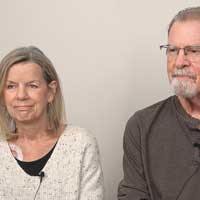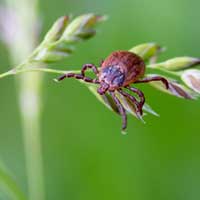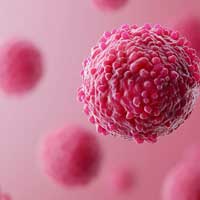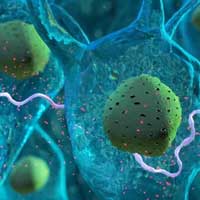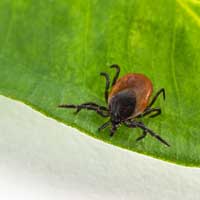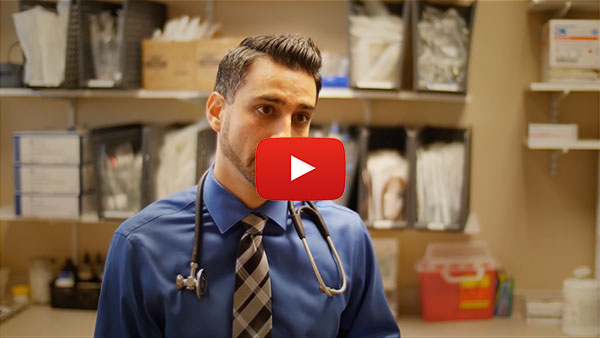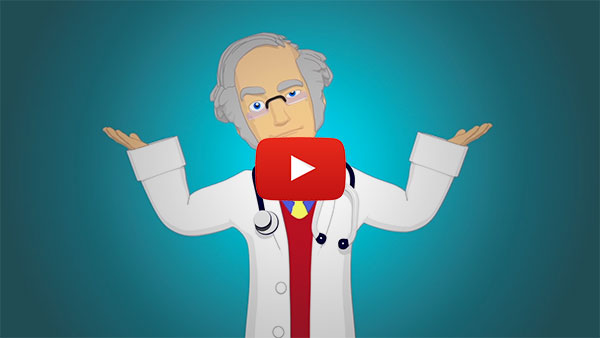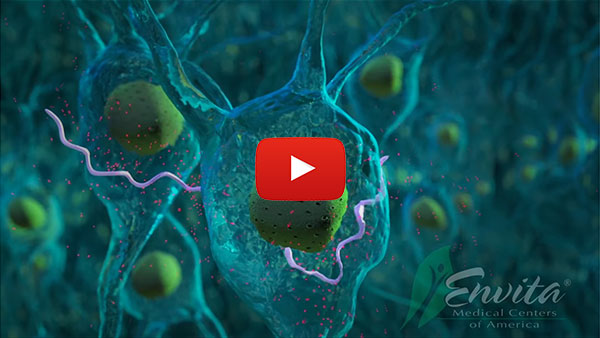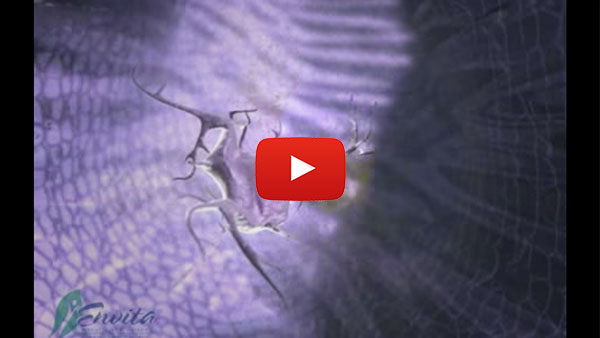Biofilm – The Unseen Protector of Lyme Disease
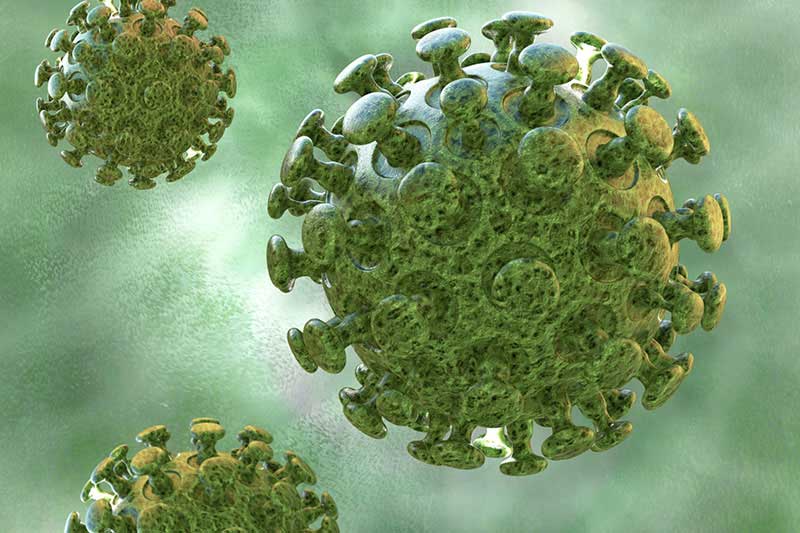
After many years of patients not getting well, fresh research shows that biofilm communities may be protecting Lyme disease and other co-infections from full spectrum antibiotic therapy effectiveness. The good news is that there are new, essential treatment strategies addressing antibiotic treatment failures in Lyme disease patients. Antibiotics either in its oral or intravenous form are the most common prescriptions used for the treatment of Lyme disease and are often, in our experience, unsatisfactory. Chronic Lyme disease patients with long standing infections have an accumulation of what is called biofilm communities, and that is a major culprit in antibiotic resistance.
What is biofilm? Biofilm is described as any group of micro-organisms whose cells stick or adhere to each other on a surface, kind of like a ball of slime that protects the parasitic infection at the core. In regards to antibiotic resistance, Medscape sheds some light on the issue by saying, “The biofilm matrix can act as a barrier to delay the diffusion of antibiotics into biofilms because antibiotics may either react chemically with biofilm matrix components or attach to anionic polysaccharides” (1). The theory behind this is that biofilm grows slowly, and as a rule antibiotics attack faster growing infections, allowing for the protection and survival of Lyme disease even after antibiotics are administered.
The second factor related to antibiotic treatment failure involves both the life cycle and hibernation of the organism (Borrelia) and the intercellular nature of the infection. Lyme disease in its chronic form loves to hide and live within red blood cells. Antibiotics and other medications are not commonly designed to penetrate within the red blood cells, and thereby can leave many harmful organisms untouched to grow and spread.
Biofilm is quite the problem when it comes to infections. Fry Labs, innovators in testing for Vector-borne diseases, state, “It is estimated that 80% of all human infections have biofilm involvement” (2). In addition, a study by Professor Eva Sapi from the University of New Haven suggests that biofilm is protecting the Lyme disease spirochete from antibiotics and any therapy not containing a method to address biofilm may prove to be inferior (3).
Our new treatment strategy at Envita aims to strip biofilm while also penetrating intracellularly at the same time. It is important to add that these matrix colonies are found in higher concentration in areas where scar tissue and old injuries have accumulated. Even though various enzymes are commonly used to strip biofilm by integrative practitioners, they are insufficient alone. These areas are more anaerobic and as a rule: infections hate oxygen rich regions within the body. The new Envita treatment strategy aims to strip the anion polysaccharide matrix layer of the biofilm while exposing the infection to oxygen rich saturation and deliver targeted antibiotics all in one sequence in order to penetrate into the cell wall. The treatment is accomplished after testing for all the specific organisms and then customizing a comprehensive treatment protocol for each patient that focuses on these areas of resistance that have allowed Lyme disease to elude previous treatments. It is in our clinical experience that the aforementioned combination of treatment finally renders the Lyme diseases susceptible to antibiotics. Each treatment depends on the various colonies and full scope of infections that are present in each patient. This is at least one explanation to why patients are not commonly getting beneficial long term outcomes after taking the conventional dose of antibiotics.
We know the complexities of Lyme disease and how to best help our patients overcome them with a more comprehensive approach to treatment. That is why our new treatment strategies are designed to help your specific case of Lyme disease. If you have any questions or would like to learn more, please don't hesitate to contact us.






